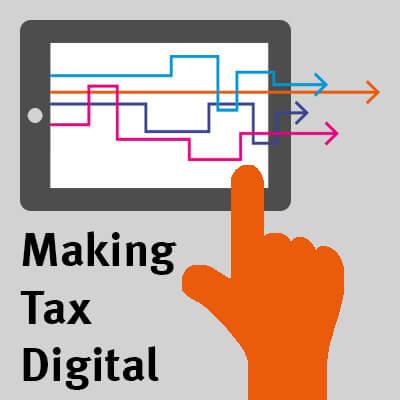Making Tax Digital: HMRC’s Bold Step Towards a Digital-First Tax System

A Digital Revolution in UK Taxation
Making Tax Digital (MTD) remains central to HMRC’s plan to modernise the UK tax system, with 2025 marking a crucial year as the tax authority finalises timetables, expands public testing, and establishes clearer rules on exemptions and compliance.
Major Changes Coming in 2026
From April 2026, a significant transformation will occur in how individuals report their income to HMRC. Those with qualifying income above £50,000 will be required to keep digital records and use MTD-compatible software to submit quarterly summaries of their income and expenses. This represents the most substantial change to the Self Assessment regime since its introduction in 1997.
Investment and Infrastructure
HMRC has secured £1.7 billion in funding over 4 years to support this digital transformation, including hiring an additional 5,500 compliance and 2,400 debt management staff. The department aims to have 90% of customer interactions automated or through digital self-serve channels by 2030. This shift will allow advisers to focus more attention on complex queries and individuals requiring extra support.
Benefits and Efficiency Gains
The new digital system promises significant benefits for businesses and landlords. By maintaining digital records throughout the year, they can save considerable time previously spent gathering information at tax return time. The quarterly updates will help spread the workload more evenly throughout the year and bring the tax system closer to real-time reporting.
Preparing for the Change
HMRC will begin contacting sole traders and landlords from April 2025 regarding their MTD obligations. Importantly, taxpayers will need to actively sign up for MTD as HMRC won’t do this automatically. The transition to digital services has already shown promise, with over 750,000 new users joining the HMRC app between April and June 2025 alone. Current digital services have achieved an 83.1% customer satisfaction rate, demonstrating the potential for a smoother transition to the new system.
